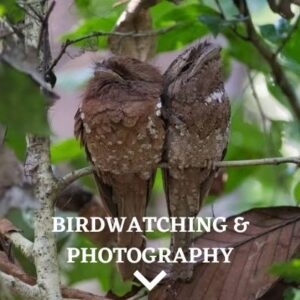Binocular Buying Guide
If you are new to bird watching , then the most important tools that you need will be a good binocular and and an illustrated bird field guide book. When you look for buying one, you will be amazed and more over confused by the huge number of models available on online markets. Binos may be categorized based on magnification, objective lens size, prism types, branded or generic and so on with prices starting from a few hundreds to tens of thousands or more.
Here I will try to explain some of the basic parameters so that you can make a clear and informed decision on which model to choose, after reading this article.
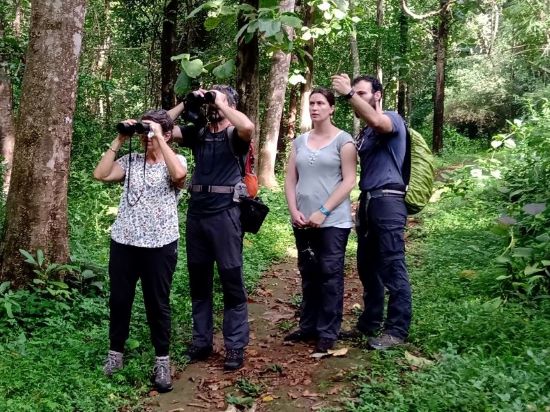
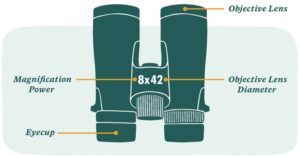
1.Magnification.
Binoculars are mostly available in 8x and 10x magnifications. Let us ignore 7x or variable magnification binos ,as they are not suitable for birding. People think higher the magnification better the view, that’s not always the case. Higher magnification also amplifies your hands movement .That means you should have a steady hand to go for a higher magnification. Also increase in magnification leads to reduction in field of view.
2.Field of view.
Narrow field of view binos make it hard to spot small birds or moving objects, especially for new users. Higher magnification power will reduce the field of view. Objective lens size is another factor that can determine field of view. On the other side compact binos usually have a lower field of view. So if you are looking for a compact and light weight binos that you plan to carry in your limited baggage, then don’t bother about field of view, as you will get used to it after some experience.

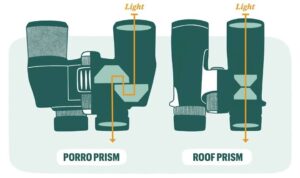
3.Size.
Size and weight is a very important factor to consider while selecting a bino. If you plan to carry it along very often, then go for a small or mid size model.
4.Prism.
Porro prism binos will be wider and bulkier than roof prism counterparts.
5.Objective lens .
Size of objective lens determines the light gathering power of a binocular and the downside is that larger lenses are heavier. Usually objective lens sizes ranges between 40 mm to 50 mm where 50 mm lens provides a brighter image even in low light conditions .
6.Optics.
Quality of optics used determines both quality of image and price of binos. Expensive high end models use ED glass while lower models use multi coated lens.
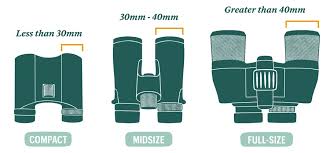
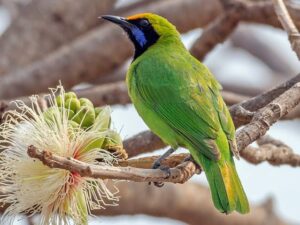
7. price.
When you search online shopping platforms for binoculars, you can find generic models for a couple of hundred rupees while the branded ones are available for 20to 40 thousands and the high end models cost more than one lakh. since binoculars can serve you for several years ,if used properly, it is wise to invest in a good model that is not too heavy on your budget. If you don’t want to spend too much, then your budget should be minimum 5000 rs as any model below this price range is just kids toys.
Conclusion.
There are several other factors like eye relief ,exit pupil etc that I have not explained here, to keep this article simple. And before concluding let me suggest some entry models based on my experience. Olympus 8×40 and 10×50 are comfortable for beginners while Celestron 8×42 and 10×42 are very compact and light. Nikon also have some good products at reasonable price.

